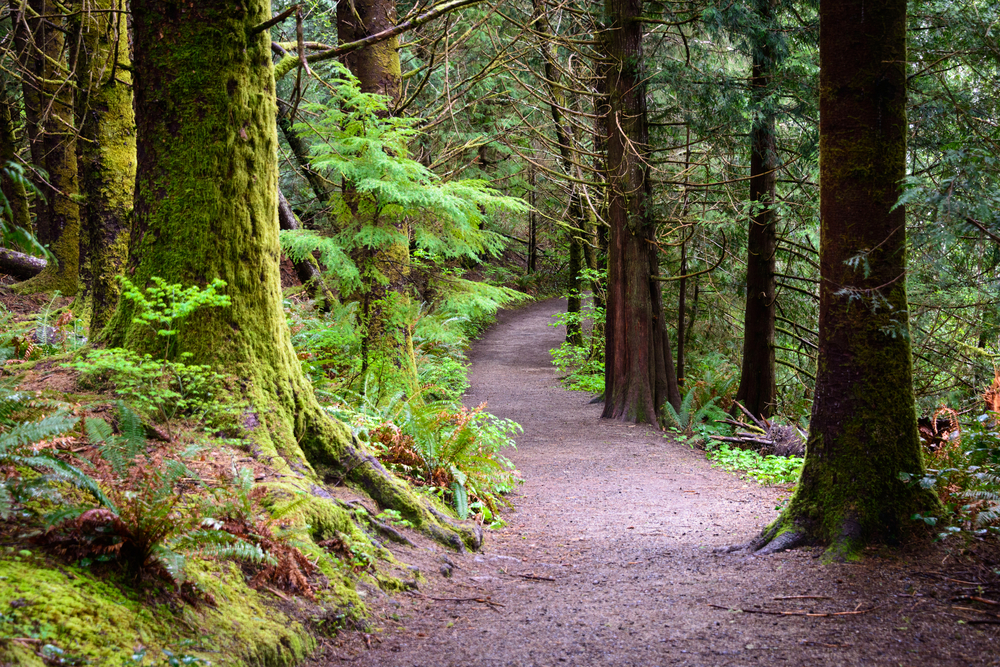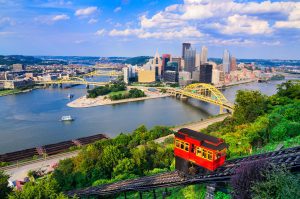The highway transportation system in the United States can be divided into several different parts: the interstate highway system, the national highway system, state and local highways, and private roads.
Interstate highways are the main arteries of the highway transportation system, connecting different parts of the country.
The interstate highway system was created by the Federal-Aid Highway Act of 1956. It is a network of freeways that crisscrosses the country, linking major cities and metropolitan areas.
The interstate highway system comprises over 47,000 miles (75,000 km) of roadways.
Table of Contents
How many interstate highways are there?
There are currently 95 interstate highways in the United States.
Where do the interstate highways go?

The interstate highways go to all 50 states and the District of Columbia.
The parts of the interstate highway system
The interstate highway system can be further divided into three parts: the primary interstate system, the auxiliary interstate system, and the urban interstate system.
Urban Interstate System
The primary (urban) interstate system is the core of the network, connecting large cities and metropolitan areas. It consists of over 25,000 miles (40,000 km) of roadways.
Examples of the primary interstate system include:
- Interstate 90 (I-90), which runs from Seattle, Washington to Boston, Massachusetts
- Interstate 80 (I-80), which runs from San Francisco, California to Teaneck, New Jersey
- Interstate 70 (I-70), which runs from Baltimore, Maryland to Cove Fort, Utah
Auxiliary Interstate System

The auxiliary interstate system consists of over 22,000 miles (35,000 km) of roadways. It connects smaller cities and rural areas to the primary interstate system.
Examples of the auxiliary interstate system include:
- Interstate 5 (I-5), which runs from Mexico to Canada along the West Coast of the United States
- Interstate 35 (I-35), which runs from Duluth, Minnesota to Laredo, Texas
- Interstate 95 (I-95), which runs from Maine to Florida along the East Coast of the United States
National Highway System
The National Highway System (NHS) is a network of over 160,000 miles (260,000 km) of roadways that are essential to the economic and defense infrastructure of the United States.
The NHS includes the interstate system, as well as other roads that are important for national commerce and mobility.
Examples of roads in the National Highway System include:
- Interstate 10 (I-10), which runs from Los Angeles, California to Jacksonville, Florida
- Interstate 90 (I-90), which runs from Seattle, Washington to Boston, Massachusetts
- U.S. Route 1 (US 1), which runs from Fort Kent, Maine to Key West, Florida
The parts of the national highway system
The national highway system can be further divided into three parts: the interstate system, the national freeway system, and the national scenic byways system.

More about the national highways
National highways are another important part of the highway transportation system. The national highway system was created in 1991 with the passage of the Intermodal Surface Transportation Efficiency Act (ISTEA).
It is a network of highways that connects different parts of the country, including rural and urban areas.
The national highway system comprises over 160,000 miles (257,000 km) of roadway.
How many national highways are there?
There are currently 1,021 national highways in the United States.
Where do the national highways go?
The national highways go to all 50 states and the District of Columbia.
National highways are secondary roads that are also part of the national highway system.
They connect smaller towns and rural areas to the interstate highway system. National highways make up over 12,000 miles (19,000 km) of the highway transportation system.
Which states have the most national highways?
Texas has the most national highways with 1,163, followed by California with 1,085 and Florida with 932.
National Freeway System

The national freeway system of over 25,000 miles (40,000 km) of roadways connects smaller cities and rural areas to the interstate system.
Examples of the national freeway system include:
- Interstate 5 (I-5), which runs from Mexico to Canada along the West Coast of the United States
- Interstate 35 (I-35), which runs from Duluth, Minnesota to Laredo, Texas
- Interstate 95 (I-95), which runs from Maine to Florida along the East Coast of the United States
The national scenic byways system consists of over 3,000 miles (4,800 km) of roadways that are designated for their scenic or historic value.
These roads often have winding curves and offer beautiful views.
Examples of roads in the national scenic byways system include:
- The Blue Ridge Parkway, which runs from Virginia to North Carolina
- The Natchez Trace Parkway, which runs from Mississippi to Tennessee
- The Pacific Coast Highway, which runs along the coast of California
The national highway system is a vital part of the transportation infrastructure of the United States.
It helps to connect cities and towns across the country and provides an important link for commerce and trade.
National Scenic Byways

The National Scenic Byways Program is a vital part of the transportation infrastructure of the United States.
It helps to connect cities and towns across the country and provides an important link for commerce and trade.
The National Scenic Byways system is a great way to see the country. It provides travelers with the opportunity to experience the beauty and history of the United States.
If you’re looking for a scenic road trip, be sure to check out the National Scenic Byways system.
Parts of National Scenic Byways
The National Scenic Byways Program was created in 1992 with the passage of the National Highway System Designation Act.
The program is administered by the Federal Highway Administration (FHWA).
How many national scenic byways are there?
The National Scenic Byways system consists of over 150 roads that have been designated for their scenic or historic value.
These roads wind through some of the most beautiful parts of the country and offer stunning views.
What are the categories of national scenic byways?

The National Scenic Byways system is divided into six categories: All-American Roads, National Scenic Byways, National Forest Scenic Byways, National Historic Trails, and State Scenic Highways.
All-American Roads
These are the most scenic roads in the country and must meet certain criteria, such as having unique features that cannot be found anywhere else in the United States.
National Scenic Byways
These roads provide a unique and enjoyable experience for travelers. They must meet certain criteria, such as having outstanding scenery or historical significance.
National Forest Scenic Byways
These roads wind through some of the most beautiful parts of our national forests. They must meet certain criteria, such as having outstanding scenery or being located near important historical or cultural sites.
National Historic Trails
These roads follow the routes of important historical trails, such as the Lewis and Clark Trail or the Pony Express Trail.

State Scenic Highways
These are roads that have been designated by a state government as being scenic or historic highways.
State and Local Highways
In addition to the interstate highway system, there are also state and local highways. State highways connect different parts of each state, while local roads connect different neighborhoods and communities within a state.
Together, state and local highways make up over four million miles.
State and local highways are roads that are maintained by state and local governments. There are over 600,000 miles (965,000 km) of state and local highways in the United States.
How much does it cost to maintain state and local highways?
It costs about $21 billion per year to maintain state and local highways. This includes the cost of repairing roads, bridges, and tunnels.
Who pays for state and local highways?
State and local governments pay for most of the cost of maintaining state and local highways.
The federal government provides about $3 billion per year in funding for these roads.
How are state and local highways funded?

State and local highway funding comes from a variety of sources, including gas taxes, vehicle registration fees, tolls, and general tax revenue.
What types of vehicles are allowed on state and local highways?
The types of vehicles that are allowed on state and local highways vary from state to state.
In most states, passenger cars, trucks, and buses are allowed. However, there may be some restrictions on the types of trucks or buses that are allowed.
What is the speed limit on state and local highways?
The speed limit on state and local highways varies from state to state. In most states, the speed limit is 55 mph (88 km/h) or 65 mph (105 km/h). However, there may be some exceptions.
Who regulates state and local highways?
State and local highways are regulated by state and local governments. The federal government does not have any direct involvement in regulating these roads.
What are the requirements for driving on state and local highways?
The requirements for driving on state and local highways vary from state to state. In most states, you must have a valid driver’s license and insurance.

You may also be required to register your vehicle.
There are a few things to keep in mind when driving on state and local highways. First, be sure to obey all traffic laws.
Second, watch out for pedestrians and cyclists. And finally, be prepared for bad weather conditions.

















